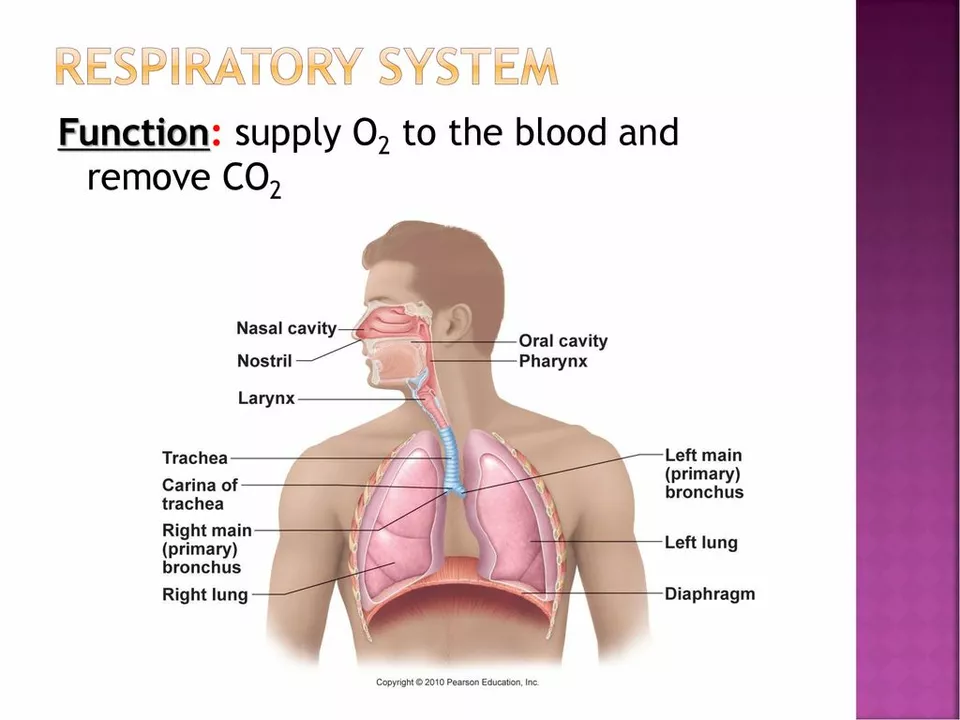Respiratory system: simple, practical steps to breathe easier
Shortness of breath, wheeze, or a cough that won’t quit? You’re not alone. The respiratory system covers everything from common colds to asthma and COPD. This page gives clear, usable tips you can try today and points to helpful guides on our site when you need more detail.
Fix common problems fast
If you use inhalers, technique matters more than brand. For a press-and-breathe (MDI) inhaler: shake, exhale fully, put the mouthpiece between your lips, press once and inhale slowly for 4–5 seconds, hold your breath 5–10 seconds, then breathe out. Use a spacer if you can — it improves delivery and cuts down on throat irritation.
Dry powder inhalers (DPI) need a quick, deep breath in. Don’t exhale into the device. Always check the dose counter and clean the mouthpiece as the manufacturer recommends. If your medicine seems less effective, check technique before changing drugs.
Know when a cough or shortness of breath needs a doctor. Go to urgent care or the ER if you have sudden severe breathlessness, blue lips or face, fainting, confusion, or breathlessness that doesn’t ease after using your rescue inhaler. If you have fever plus a productive cough, call your doctor — you might need testing or antibiotics.
Manage day-to-day and avoid flare-ups
Stick to controller meds even when you feel fine. Stopping inhaled steroids abruptly can trigger an attack. Keep rescue inhalers handy but avoid overuse — more than two days a week of symptom relief usually means your controller needs adjusting.
Cut triggers where you can: stop smoking, check indoor air quality on bad-air days, use HEPA filters or dehumidifiers if mold or dust mites are problems, and avoid strong scents and smoke. Get flu and COVID shots yearly and discuss pneumococcal vaccination with your provider if you have chronic lung disease.
Simple home steps help too. Use saline nasal rinses for congestion, sleep with your head elevated if reflux worsens cough, and stay hydrated to thin mucus. When you feel chest tightness or increased sputum, start your action plan (if you have one) and contact your clinician early — early treatment lowers the risk of a hospital visit.
Wondering about medications or alternatives? Read our posts on Symbicort alternatives for inhaler options and the Coleus supplement article if you’re curious about complementary treatments for asthma. If a bacterial infection is suspected, our antibiotic guides (Zyvox, Floxin) explain uses and side effects so you can talk to your doctor with confidence.
Need help with prescriptions? We cover online pharmacy safety and tips for buying medications the right way. If something feels off about an online seller or a price looks too low, double-check licensing and ask your pharmacist before ordering.
Breathing issues are common but manageable. Small changes in inhaler technique, trigger control, and knowing when to seek care make the biggest difference. If you’re unsure about symptoms or meds, talk to your healthcare provider — and use the linked guides here for practical next steps.

Acetaminophen and your respiratory system: What you need to know
As a blogger, I recently came across some important information about acetaminophen and its effects on our respiratory system. I discovered that acetaminophen, a common pain reliever, can potentially cause respiratory problems when taken in excess or in combination with other medications. It's crucial for us to be aware of these potential risks and pay attention to the recommended dosages. I also learned that those with pre-existing respiratory conditions should be extra cautious when using acetaminophen. Stay tuned for a more detailed post on this topic to help you better understand the connection between acetaminophen and your respiratory system.
Read More




